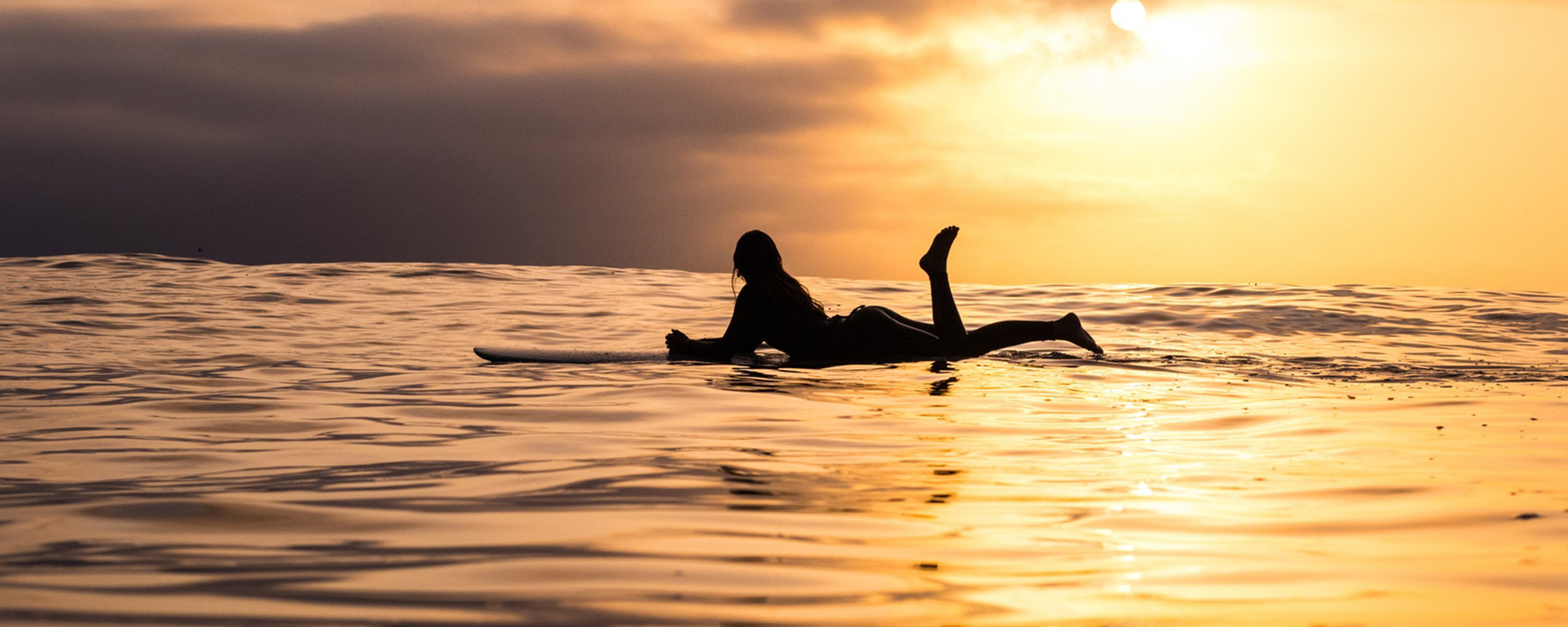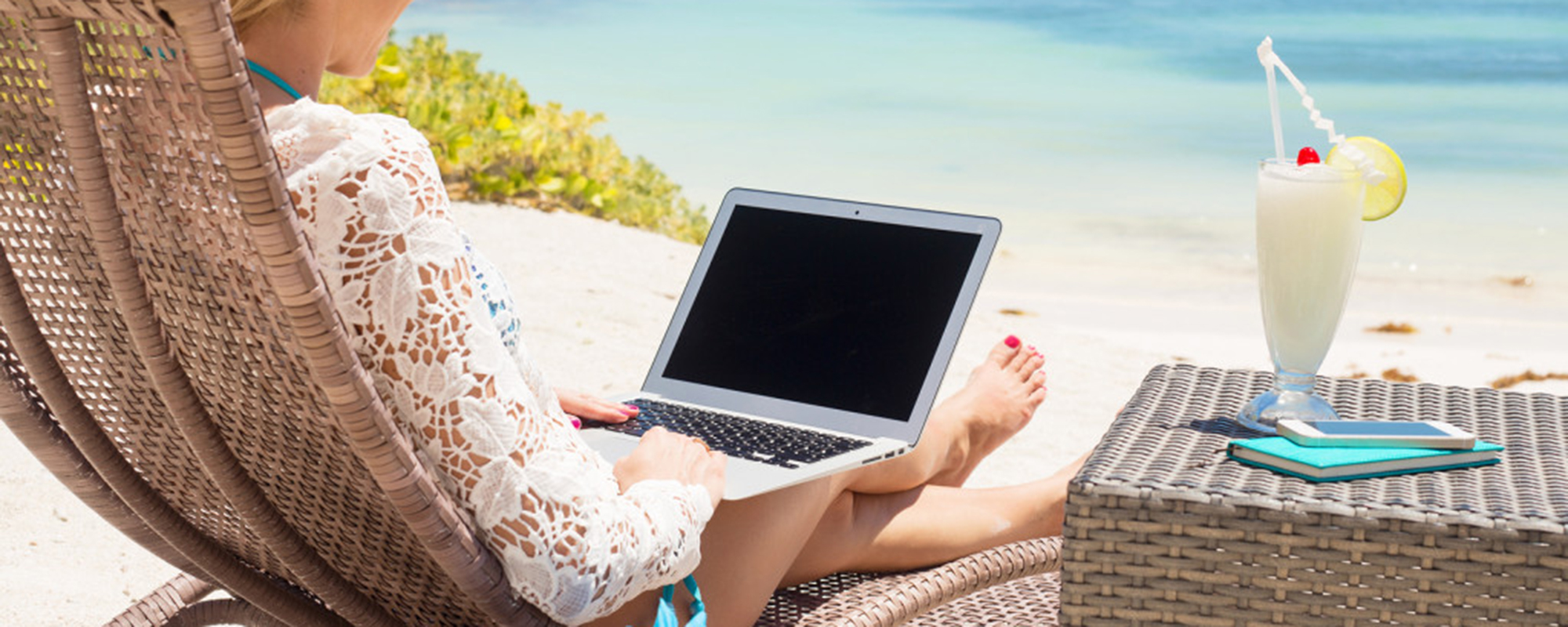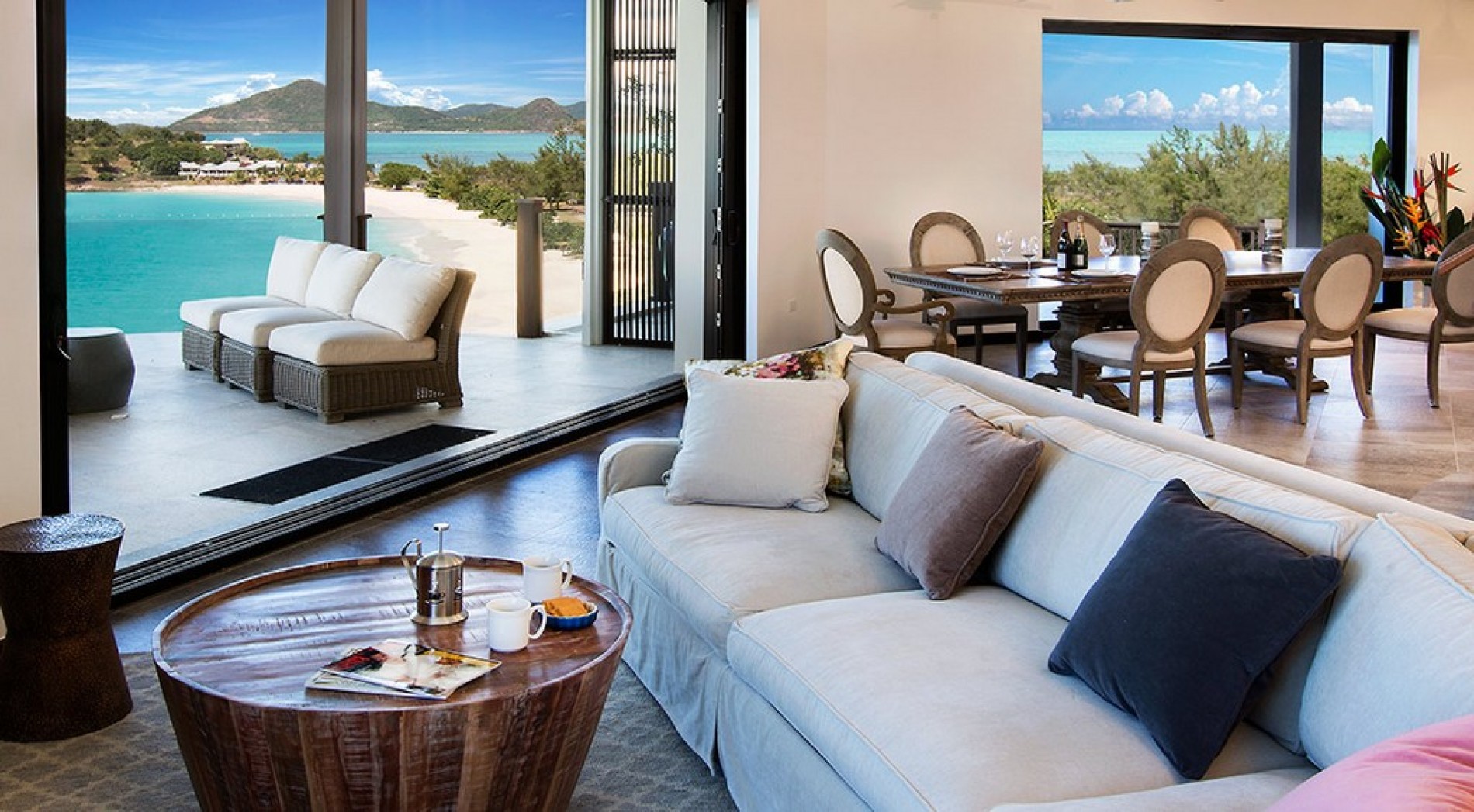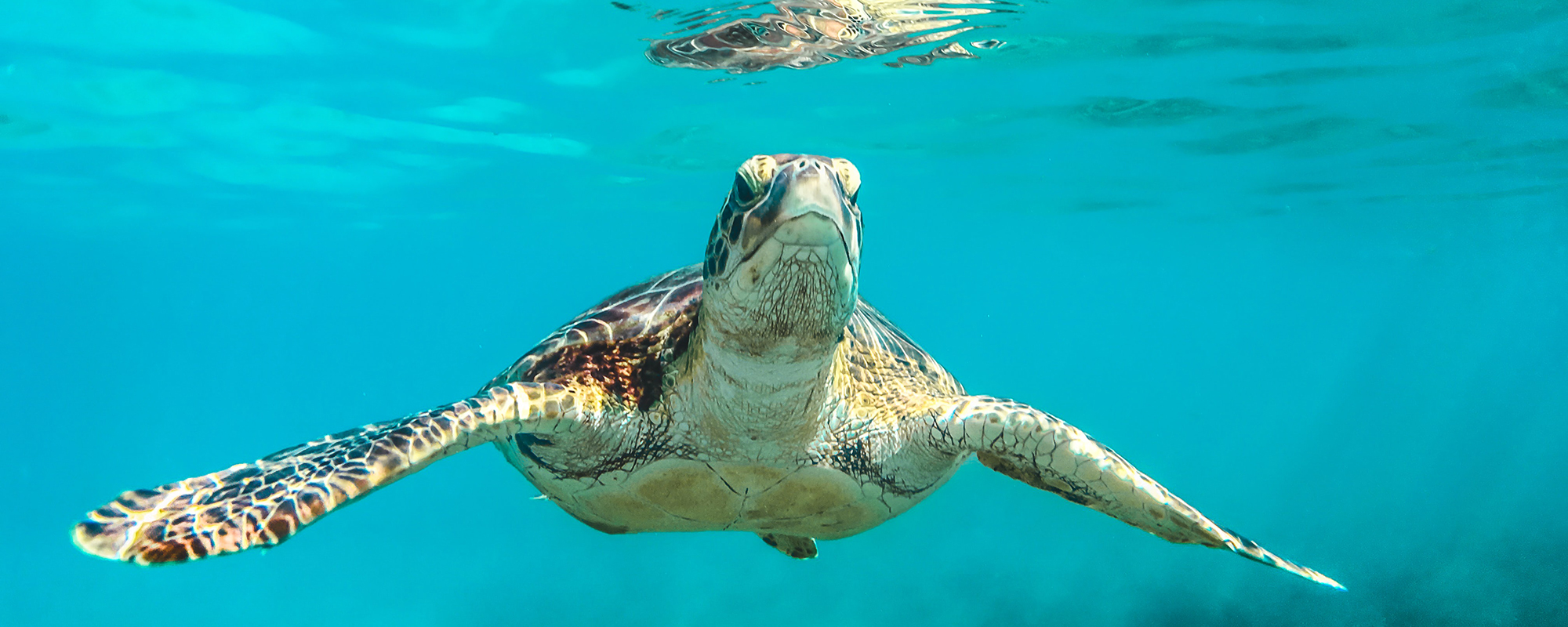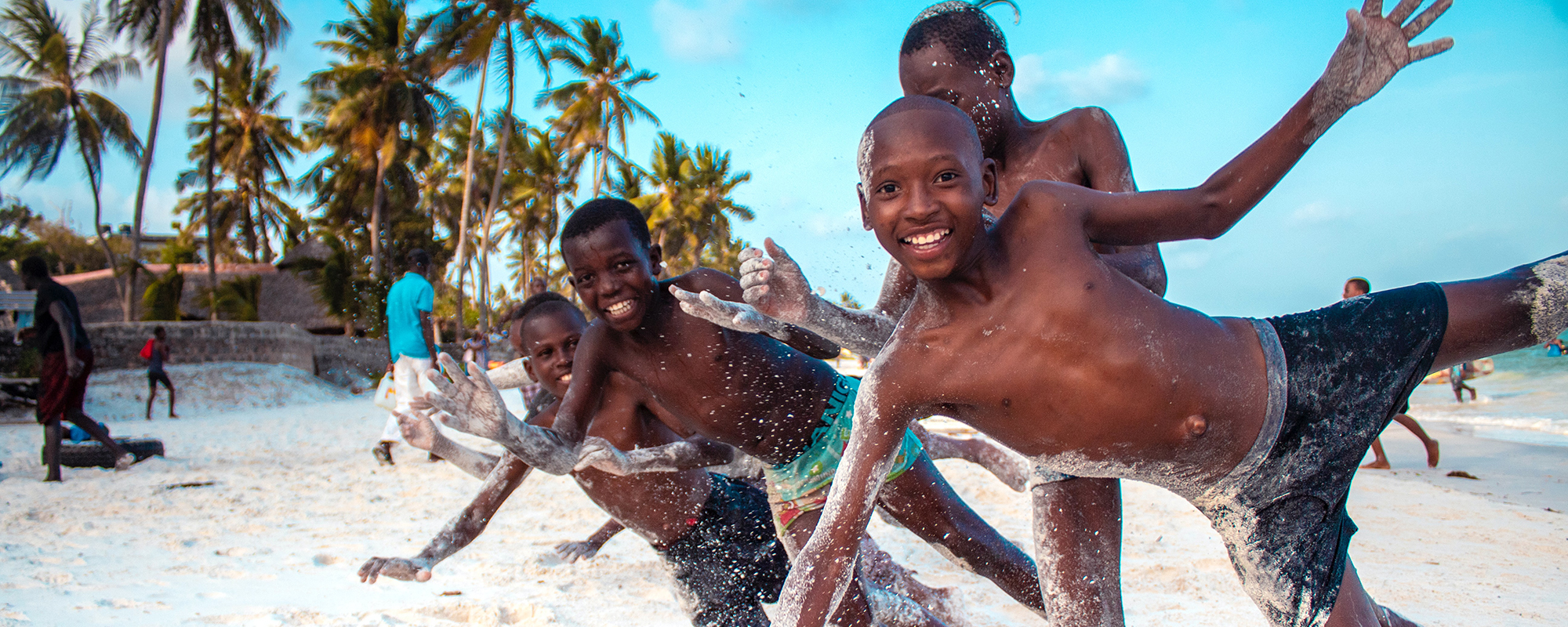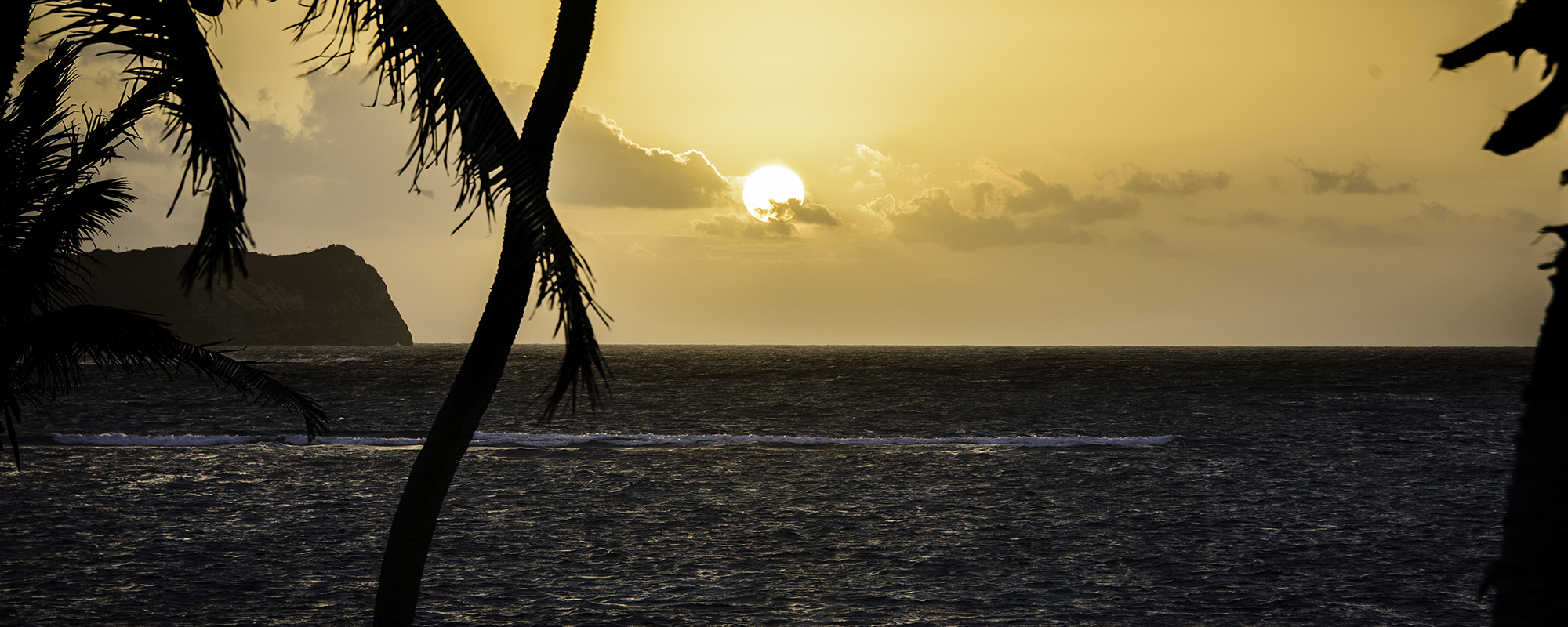

A Short History of Barbados
Barbados sits in the south east Caribbean and is the eastern-most Caribbean island. It is
located at 13.1N, 59.4W. It is 21 miles long and about 100 square miles in size. It is
approximately 300 miles south of Antigua. The island, which is less that one million years
old, was created by the collision of the Atlantic crustal and Caribbean plates, along with a
volcanic eruption. Later coral formed, accumulating to approximately 300 feet. It is
geologically unique, as it consists of two landmasses that merged together over time.
Very Early – way before now…
The history of the early settlement of Barbados is being rewritten as a result of recent
archaeological discoveries unearthed at the site of Port St. Charles. Artefacts and
evidence point to settlement some time around 1623 B.C.
The first indigenous people were Amerindians who arrived from Venezuela. Paddling
long dugout canoes it is believed they crossed oceans and currents that challenge
modern sailing vessels. On the north end of Venezuela a narrow sea channel called the
Dragon's mouth acts as a funnel to the Caribbean Sea and the nearest Island of
Trinidad. It is a formidable passage of swift flowing water and cross currents but they
came.
The Amerindians made their new home in Barbados along the coast, living in harmony
with the land and leaving behind hardly a trace, only a hint of evidence recently
discovered. Fragments of tools made of shell, utensils, refuse and burial places convey
but a mystery of their time.
Amerindian Civilisation.
The Arawaks who also inhabited Antigua were short, olive-skinned people who bound
their foreheads during infancy to slope it into a point. They considered this along with
black and white body painting to be attractive. The CaÏques (chiefs) and influential
members of the tribe wore nose plugs and/or rings made of copper and gold alloys. They
were an agricultural people and grew cotton, cassava, corn, peanuts, guavas, and
papaws (papaya). The cotton was woven and used for armbands and hammocks.
Cassava was ground and grated to be made into casareep, a seasoning used in cooking.
The Arawaks also used harpoons, nets, and hooks, to fish for food.
1200 - Carib Indians
In 1200, the Arawaks were conquered by the Caribs. The Caribs were a taller and
stronger Amerindian tribe than the Arawaks. They were incredibly accurate bowmen and
used a powerful poison to paralyze their prey. The culture has almost vanished from
Barbados. Pockets of the culture and people, now known as the Kaligano, exist in St
Vincent, the Grenadines and in Dominica. The largest population is the Kalinago
territories in Dominica.
Portuguese
The Portuguese came to Barbados en route to Brazil. It was at this time that the island
was named Los Barbados (which means bearded-ones) by the Portugese explorer Pedro
a Campos. It was so named, presumably, after the island's fig trees, which have a beard-
like appearance.
1625 - 1644. English Colonisation
The first English ship touched the island on May 14th 1625 under the command of
Captain John Powell. The island was therefore claimed on behalf of King James I.
On 17 February 1627, Captain Henry Powell landed with a party of 80 settlers and 10
slaves to occupy and settle the island. This expedition landed in Holetown formerly
known as Jamestown. The colonists established a House of Assembly in 1639. It was
the 3rd ever Parliamentary Democracy in the world. People with good financial
backgrounds and social connections with England were allocated land. Within a few
years much of the land had been deforested to make way for tobacco and cotton
plantations.
During the 1630s, sugar cane was introduced to the agriculture. The production of sugar,
tobacco and cotton was heavily reliant on the indenture of servants. European civilians
who wanted to emigrate overseas could do so by signing an agreement to serve a
planter in Barbados for a period of 5 or 7 years. To meet the labour demands, servants
were also derived from kidnapping, and convicted criminals were shipped to Barbados.
Descendants of European slaves and indentured labour (referred to as Red Legs) still
live in Barbados, they live amongst the African population in St. Martin's River and other
east coast regions. At one time they lived in caves in this region.
1644 - 1700. Sugar and Slavery
A potential market formed for slaves and sugar-making machinery by the Dutch
Merchants who were to supply Barbados with their requirements of forced labour from
West Africa. The slaves came from West Africa. Many slaves did not survive the journey
from Africa, though many thousands still reached the destination on a journey they had
not wilfully participated in.
The Barbadians, also known as Bajans dominated the Caribbean Sugar Industry in these
early years. The sugar plantation owners were powerful and successful businessmen
who had arrived in Barbados in the early years.
Many natural disasters occurred in the late 1600s, such as the locust plague of 1663, the
Bridgetown fire and a major hurricane in 1667. Drought in 1668 ruined some planters and
excessive rain in 1669 added to their financial problems. However, investment continued
in sugar and slaves and was perceived to have good prospects.
By 1720 Barbadians were no longer a dominant force within the sugar industry. They had
been surpassed by the Leeward Islands and also Jamaica.
1807 - 1838. Abolition, rebellion and emancipation
After slavery was abolished in 1834, many of the new citizens of Barbados took
advantage of the great education available on the island. After these citizens had been
educated, they wanted something more than working in the cane fields. Some of them
gained prominent offices in Barbados. Others worked in common jobs, and still others
stayed in the cane fields.
Many people were drawn to Barbados because of the climate and slow pace of life. The
island was thought of as a cure for "the vapours". In archaic usage,
the vapours (or vapors) is a reference to certain mental or physical states, such
as hysteria, mania, clinical depression, bipolar disorder, light-headedness, fainting, flush, withdrawal syndrome, mood swings, or PMS, where a sufferer lost mental focus. Ascribed primarily to women and thought to be caused by
internal emanations (vapours) from the womb, it was related to the concept of female hysteria. The word "vapours"; was subsequently used to describe a depressed or hysterical nervous condition. Even Major George Washington visited the island with his tuberculosis-stricken half brother in hope of ameliorating his illness.
The end of slavery was followed by a 4-year apprenticeship period during which free men
continued to work a 45-hour week without pay in exchange for living in the tiny huts
provided by the plantation owners. Freedom from slavery was celebrated in 1838 at the
end of the apprenticeship period with over 70,000 Barbadians of African descent taking
to the streets.

